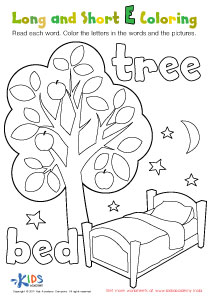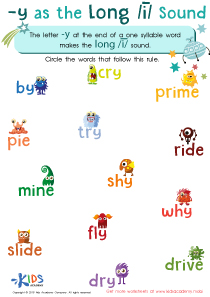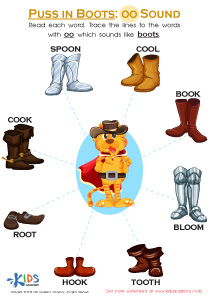Normal Two Vowels Together Worksheets for Ages 3-6
3 filtered results
-
From - To
Discover the magic of vowel combinations with our engaging "Normal Two Vowels Together Worksheets for Ages 3-6." These fun, educational sheets help young learners master vowel pairs through interactive activities that boost reading and spelling skills. Perfect for preschool and kindergarten kids, our worksheets focus on common vowel teams, making phonics practice enjoyable and effective. Each sheet is designed to captivate children's attention while reinforcing essential literacy concepts. Whether at home or in the classroom, our resources support foundational language development, setting the stage for lifelong learning success. Explore today for a delightful learning journey!
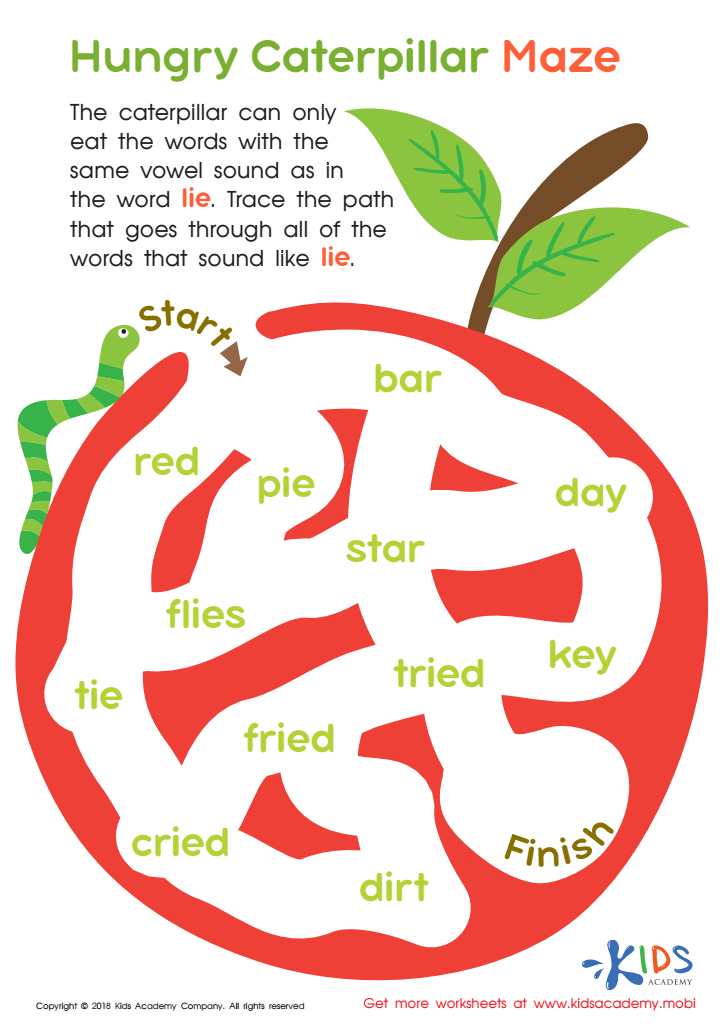

Hungry Caterpillar Maze Worksheet
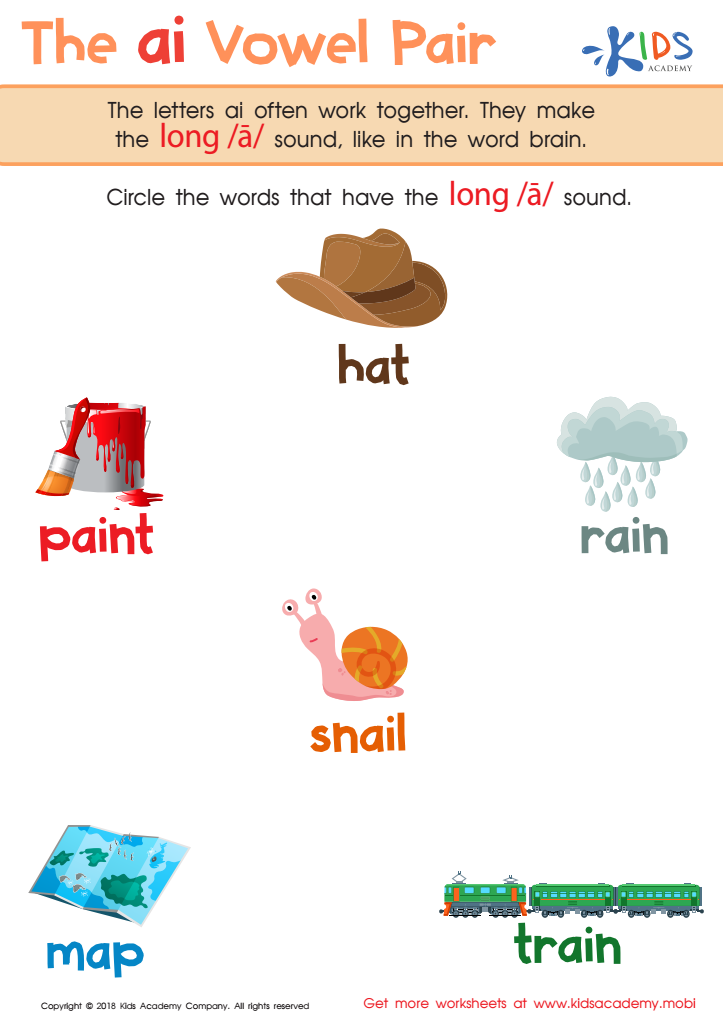

The AI Vowel Pair Worksheet
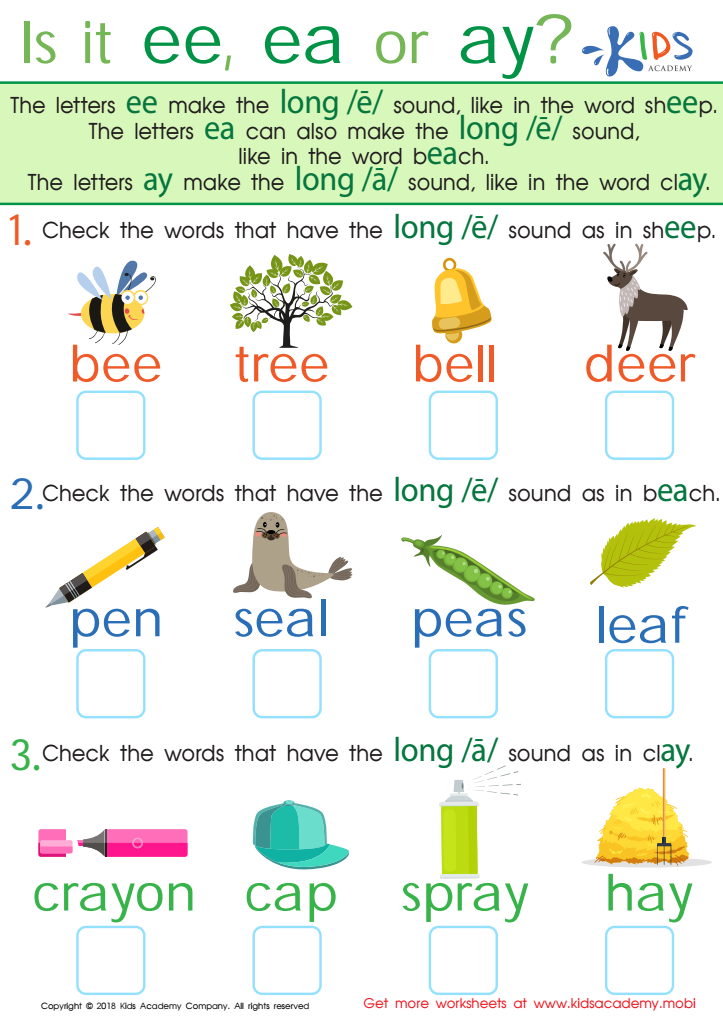

Is It EE, EA, or AY? Worksheet
Parents and teachers should care about the concept of "Normal Two Vowels Together" when working with children ages 3-6 because it lays a crucial foundation for literacy development. At this tender age, children's brains are remarkably receptive to learning language patterns and rules. Understanding that two vowels together often represent a specific sound (e.g., in words like "boat," "lead," or "rain") can simplify the reading process for young learners.
Kids in this age group are beginning to recognize and decode written words. When they internalize the idea that two vowels together usually produce a single sound (often the first vowel's long sound), it significantly aids in word prediction and decoding. This understanding enhances reading fluency and accuracy, making reading a more enjoyable and less frustrating activity.
Additionally, grasping vowel combinations early can expand their vocabulary, as they can more easily decode new words encountered during reading. This boosts their self-confidence and encourages a greater interest in literacy activities. For educators and parents, focusing on these fundamental language rules can foster a supportive learning environment, accelerating a child's pathway to becoming a proficient reader. Overall, investing in teaching these concepts can have long-lasting educational benefits, establishing a strong literacy foundation.

 Assign to the classroom
Assign to the classroom


